Guide to Facebook Ad Formats

There are many ways that businesses can market themselves on Facebook, but in order to launch a successful advertising campaign, marketers must first be familiar with the social network's various ad formats.
Luckily, a recent study from Resolution Media and Kenshoo reveals information about the specific types of Facebook Marketplace ads, as well as offers insights into the effectiveness of these formats. According to the Metrics that Matter study, there are four different advertising models that marketers should become familiar with - Web Ads, Social Ads, Post Ads and Sponsored Stories.
Learn more about these formats below:
Web Ads and Social Ads
The most familiar types of Facebook advertisements are Web and Social Ads. While Web Ads encourage Facebook users to engage with media outside of Facebook, such as a website, Social Ads encourage an audience to engage with a brand's Facebook media, including fan pages, apps or promoted events.

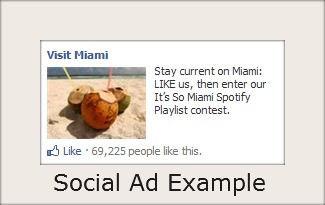
According to the Metrics that Matter study, marketers should note that it is usually easier to measure direct ROI with Social and Web Ads. This is because these types of advertisements typically drive consumers to specific Facebook pages or websites. This means that although Social and Web Ads tend to have a higher cost-per-click (CPC), it can also be easier to justify increased bid rates, because marketers can measure the value for these types of advertisements.
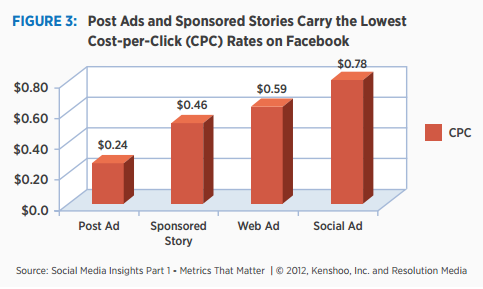
Additional insights from the study reveal advertisements that drive traffic to Facebook Events tend to be more expensive. In fact, Social Ads that promote events not only have a higher average CPC of $1.30, but also have a lower click-through rate (CTR). However, it is important to note that this is probably because event ads usually target a smaller audience than other kinds of ads.
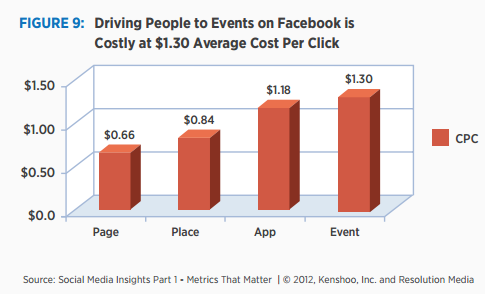
Post Ads and Sponsored Stories
The other ad formats, Post Ads and Sponsored Stories, both offer marketers a more personal way to reach their audience. For instance, Post Ads include content that has been generated from Facebook media, such as a post, and turns it into an advertisement.
Sponsored Stories, on the other hand, are advertisements that contain content that has been generated through the engagement and interactions that audience members have with a brand - including likes, shares and check-ins. According to the Metrics that Matter report, there are numerous actions on Facebook that can be amplified through Sponsored Stories. The four most popular types include app usage, likes to a brand's Facebook page, post likes, and app shares.
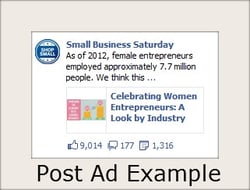
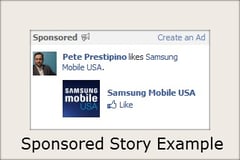
The report shows that both Sponsored Stories and Post Ads receive about double the CTR of Social Ads and Web Ads, most likely because the personal content of these ads resonate better with consumers. It is important to note that a higher CTR generally leads to a lower average CPC. However, the report found that Sponsored Stories are the most expensive ad type when it comes to the cost-per-thousand impression (CPM) model. This is why it is important for marketers to always test different ad formats and pricing models in order to determine their brand's best performers.
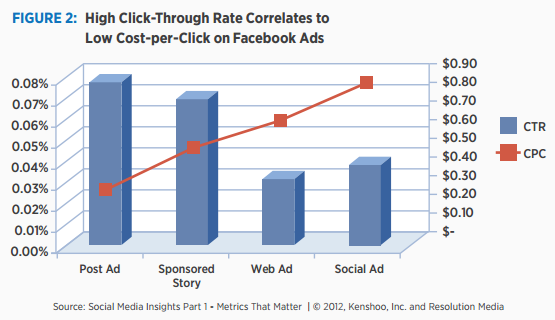
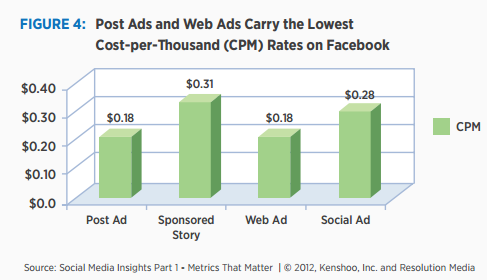
Other Sponsored Story insights show that when these types of advertisements promote page or post likes, they tend to generate a higher CTR than Stories that promote app activity. This could be due to the fact that Facebook users aren't comfortable with revealing personal information to third parties in order to download an app.
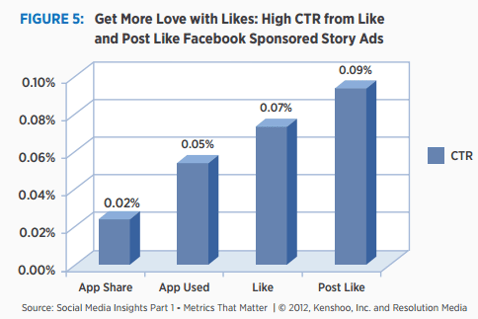
That being said, the study also notes that Sponsored Story promotions for likes and app usage drive the highest conversion rates. In fact, on average, almost 80 percent of all people who click on Sponsored Story ads that promote Page likes convert to fans, while Sponsored Stories that promote app usage average a 60 percent conversion rate. This is because people are more likely to trust apps when they see other people's interactions.
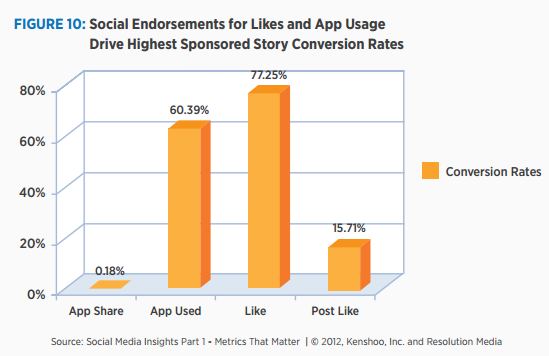
Conclusion
When creating a Facebook ad campaign, marketers should always start with a plan. While the Metrics that Matter study offers many valuable insights and information, the best way to create a successful campaign is to test. By testing different ad formats, promotion types and pricing models, marketers will obtain their own set of data that can help them better optimize future campaigns.
For more information about the Metrics that Matter study, including insights into two new metrics, check out Website Magazine's article, "Social Metrics to Watch: Exposure and Frequency".

Subscribe to Our Newsletter!
Latest in Social Media










